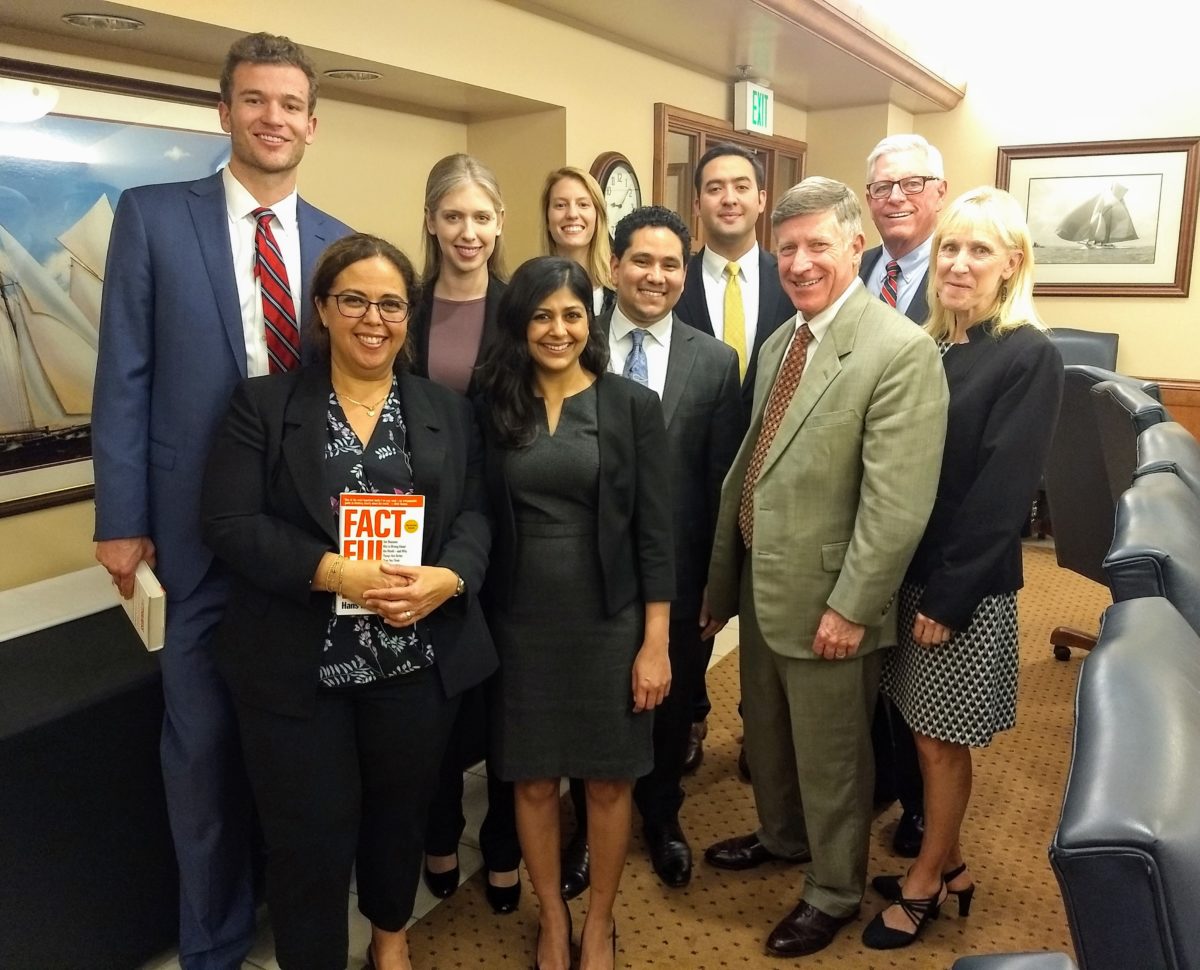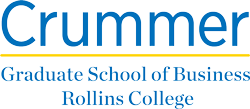FACULTY INSIGHT
Tackling Socially Responsible Investing’s Identity Crisis

Associate professor of finance, Dr. Koray Simsek, outlines the challenges facing SRI investors as well as how Crummer navigates the ambiguity with its SunTrust Portfolio
Responsible investing, or ethical investing, is exploding across the globe right now.
According to the US Forum for Sustainable and Responsible Investment’s 2018 report, more than one out of every four dollars under professional management in the United States—$12.0 trillion or more—was invested according to SRI (socially responsible investing) strategies.
To put it simply: trillions of dollars are flowing into responsible investing with no signs of slowing down.
Nearly every company in the S&P 500 Index are releasing sustainability reports and overall, it’s very hard to define exactly what responsible investing is, despite the influx of money flowing into it.
“It’s a full spectrum of strategies, each with a different kind of name that people cannot easily agree on,” explained Dr. Simsek.
The dominant style under this big umbrella of ethical investing is what is called ESG investing, or environmental, social and governance investing. Essentially, investors try to identify the impact of companies in respect to the three aforementioned categories.
“Each category can contain many things,” said Dr. Simsek. “Environmental is pretty obvious; social can include human rights, workforce health and safety; while governance can include things like an independent board, diversity and shareholder rights.”

Dr. Simsek says the difficulty starts there, as there are too many different versions of this floating around in the finance world.
At one end of the spectrum is socially responsible investing (SRI) or negative screening, which allows investors to align their investments with their values, like excluding companies that produce tobacco or weapons.
On the other end, you have impact investing, or investing directly in companies that are working to make the world a better place, such as companies that work to fight world hunger.
However murky it is to define exactly what being a responsible investor is, the numbers show that the demand is there.
“Shifting demographics are showing that millennials, generation Z and women are getting interested in this style of investing,” said Dr. Simsek. “This trend shows itself on the money flowing into funds that are focused on this type of investing. There is definitely a demand towards these types of investments.”
The Lack of Regulation, Objectivity
Currently, ESG investing is the single fastest growing factor in the universe of mutual funds.
Dr. Simsek says the reason for this is not solely because investors are putting more money into those funds, but because we are seeing more and more funds every day that are labeling themselves, or renaming themselves as ESG funds, without significant changes to the portfolio.
“They claim they already have been investing with this kind of objective in mind and now they just put it in their name. That may be right or wrong, but the name is something that is not regulated,” said Dr. Simsek.
He says that the ESG investing growth is evident from a pure numbers standpoint, but the growth could also be considered artificial, based off of the funds already in existence that are renaming themselves.
Better regulation could help solve this.
“Perhaps we need some sort of regulation in that respect as well, so investors do actually understand which funds really do align themselves with this type of style of investing or strategies and which funds do not,” said Dr. Simsek.
It’s also difficult to find objectivity among which companies fit into an ESG investing model.
With hundreds of different funds touting an ESG investing strategy, there is no single, standard rating for companies that deem them worthy to belong in an ESG portfolio.
“Different indexes get their selection methodology from different rating companies. It turns out there is very little similarity between those ratings,” said Dr. Simsek.
“Different indexes get their selection methodology from different rating companies. It turns out there is very little similarity between those ratings,” said Dr. Simsek.
In fact, Dr. Simsek says the correlation between these different ratings is so weak that one company considered great in one ESG rating could be considered low in another ESG rating.
“This data shows us that the ratings are very subjective. If one rating tells us Company A is one of the best in the world in respect to ESG, another rating can tell us it’s one of the worst. With this style of investing, we receive so many conflicting signals,” said Dr. Simsek.
While better regulation may help solve the naming issue of ESG funds, it’s still very difficult to define someone’s values and core beliefs when it comes to company ratings.
“It seems at this point that it is not at the level of objectivity that we need it to be to have a reliable aspect to it,” said Dr. Simsek.
The Bottom Line
Despite the difficulty in defining responsible investing and the subjectivity in company ratings, it still is possible to invest money into companies that are doing good.
Dr. Koray Simsek and Dr. Clay Singleton’s Managing Global Portfolios class selects a portfolio of companies every year for the Crummer SunTrust Portfolio that has a mandate to grow in such a way that it can provide scholarships for Crummer students in years to come. In the last 20 years, the portfolio has funded over $350k in scholarships for Crummer students.
When studying socially responsible investing, the students looked away from focusing exclusively on the subjective ESG ratings and instead focusing on companies that are capturing the economic value in ESG or socially responsible initiatives.
For example, a large corporation is making a company-wide initiative to install solar panels on the rooftops of all their stores. It seems like a great initiative that would give the company a strong ESG rating; however, it’s not clear that this initiative will have a direct economic value for the company.
Instead, the Crummer student group looked at investing in the company installing the solar panels.
“Our students decided as a socially responsible investor, look at the lowest hanging fruit. The best thing you can do is, instead of following ratings giving conflicting messages, follow the end of the chain,” said Dr. Simsek. “The students invested in companies that actually help drive the growth in the ESG-based initiatives, the companies that directly receive economic benefit in these initiatives.”
Out of the 18 stocks in the SunTrust portfolio, the students identified three that are receiving direct economic impact from ESG-based initiatives.
“I know that’s not too many, but it confirms how difficult it is to find investment opportunities that match the objectives of growing their funds, but at the same time having an impact in the world to help of the cause of ESG-based initiatives,” said Dr. Simsek.
Dr. Simsek advises any investors looking to find their way in this treacherous field to not go blindly with the names of funds and to pay attention to the disparity between the ESG ratings.
“There is definitely more interest from investors, more interest from companies and governments as well that are increasing their initiatives in the sustainability and ESG domain. So, to benefit from this, it would actually make a lot of sense to invest in those companies who are the true beneficiaries of this foray,” said Dr. Simsek.

